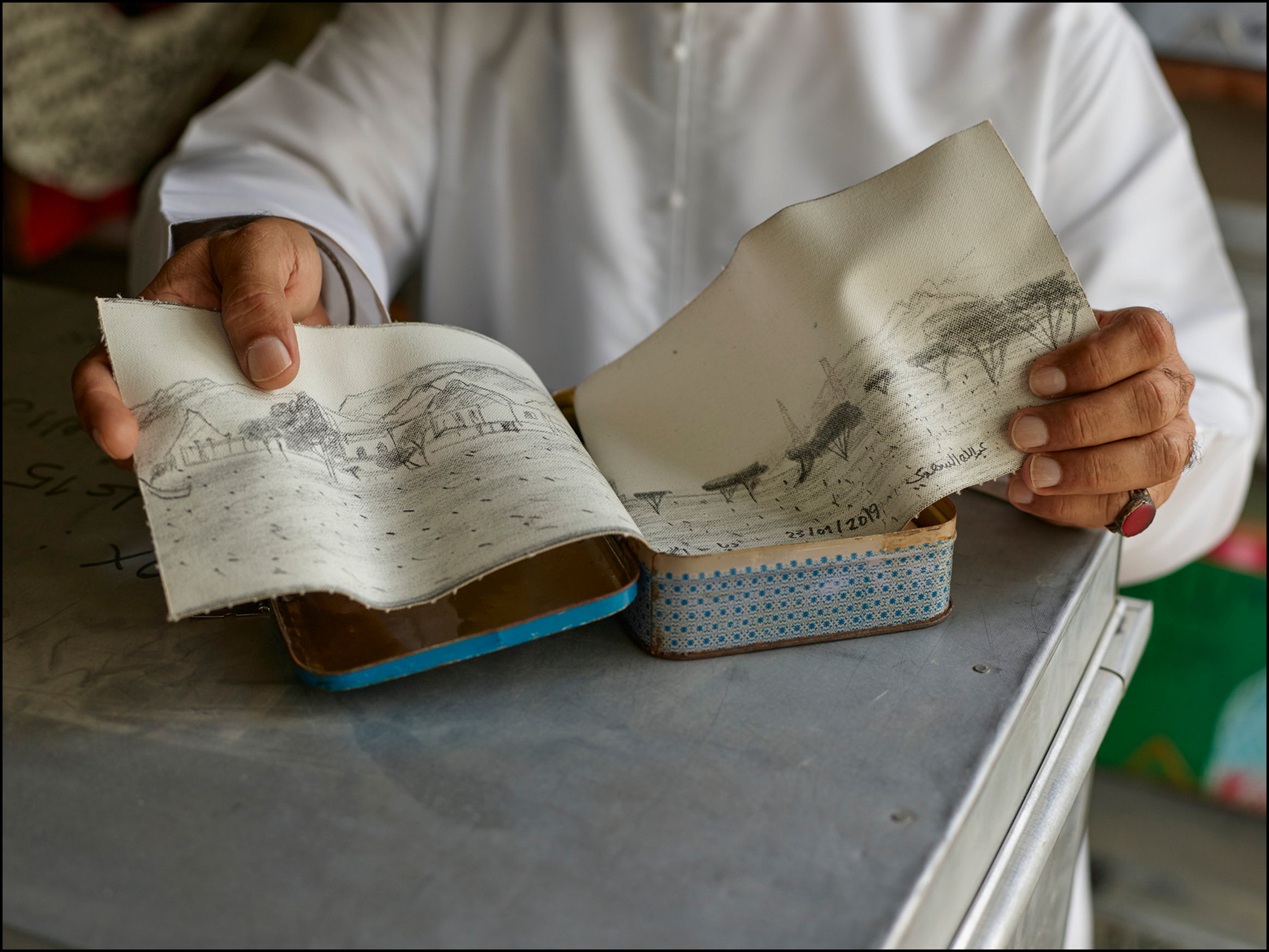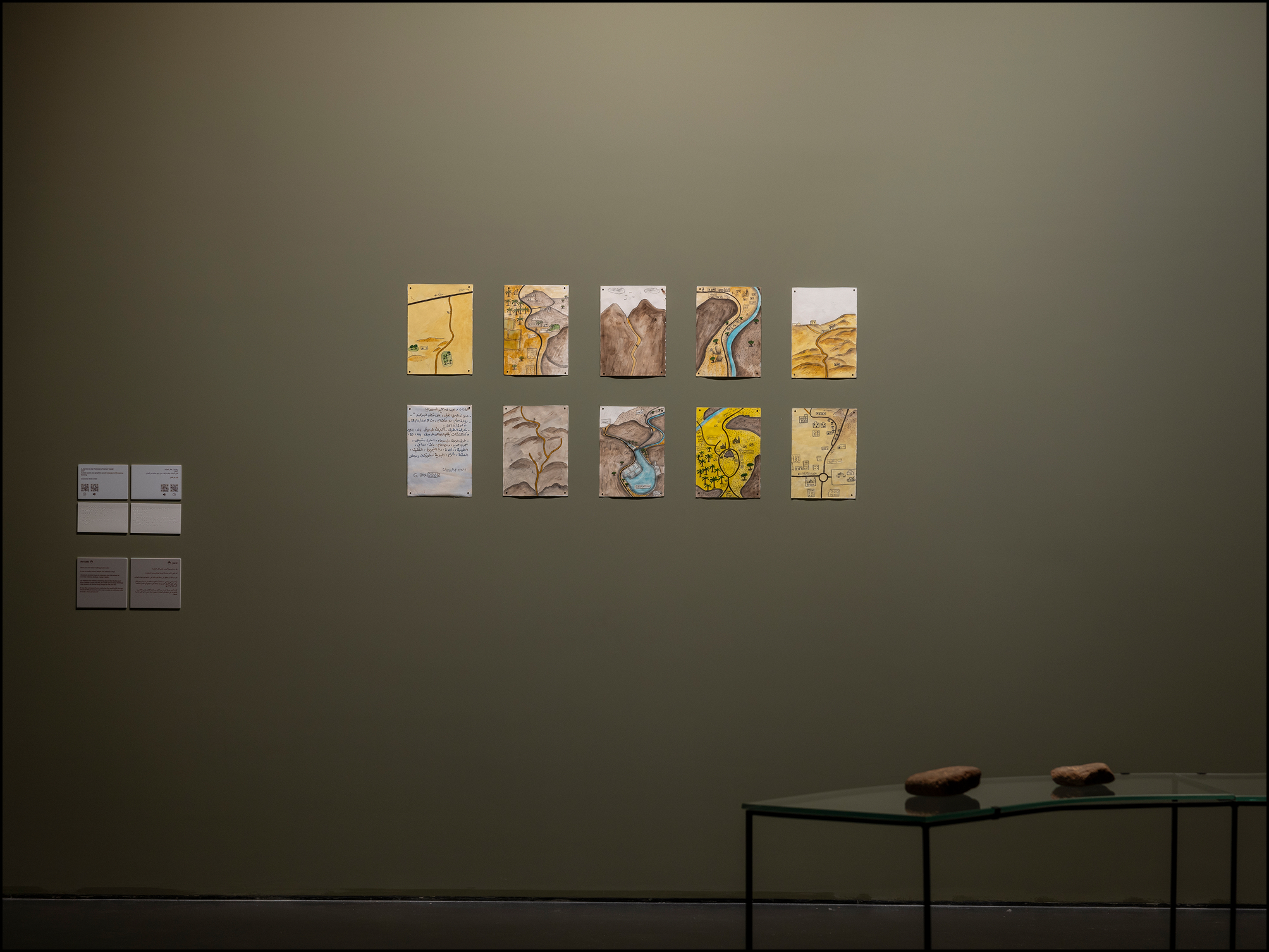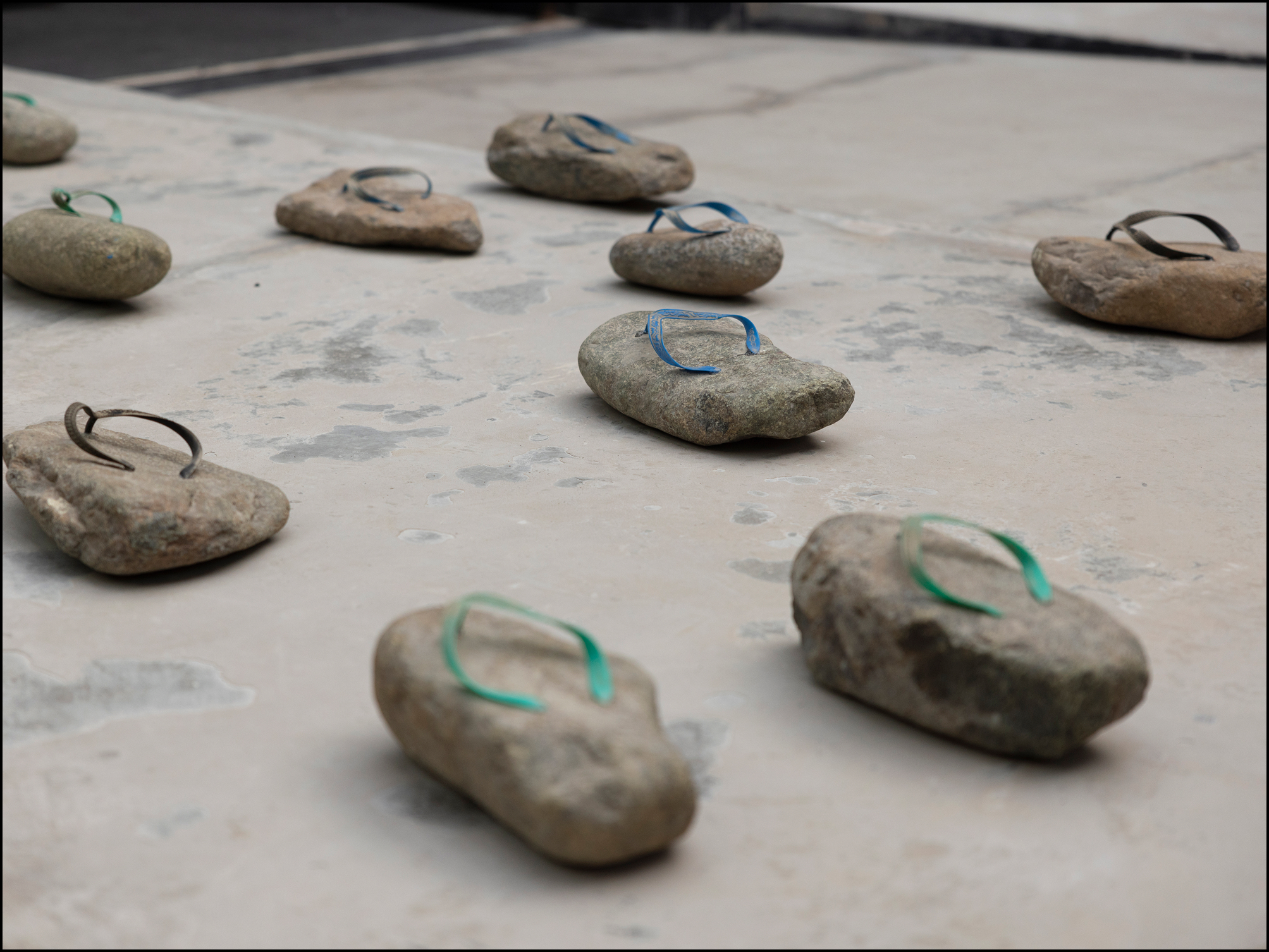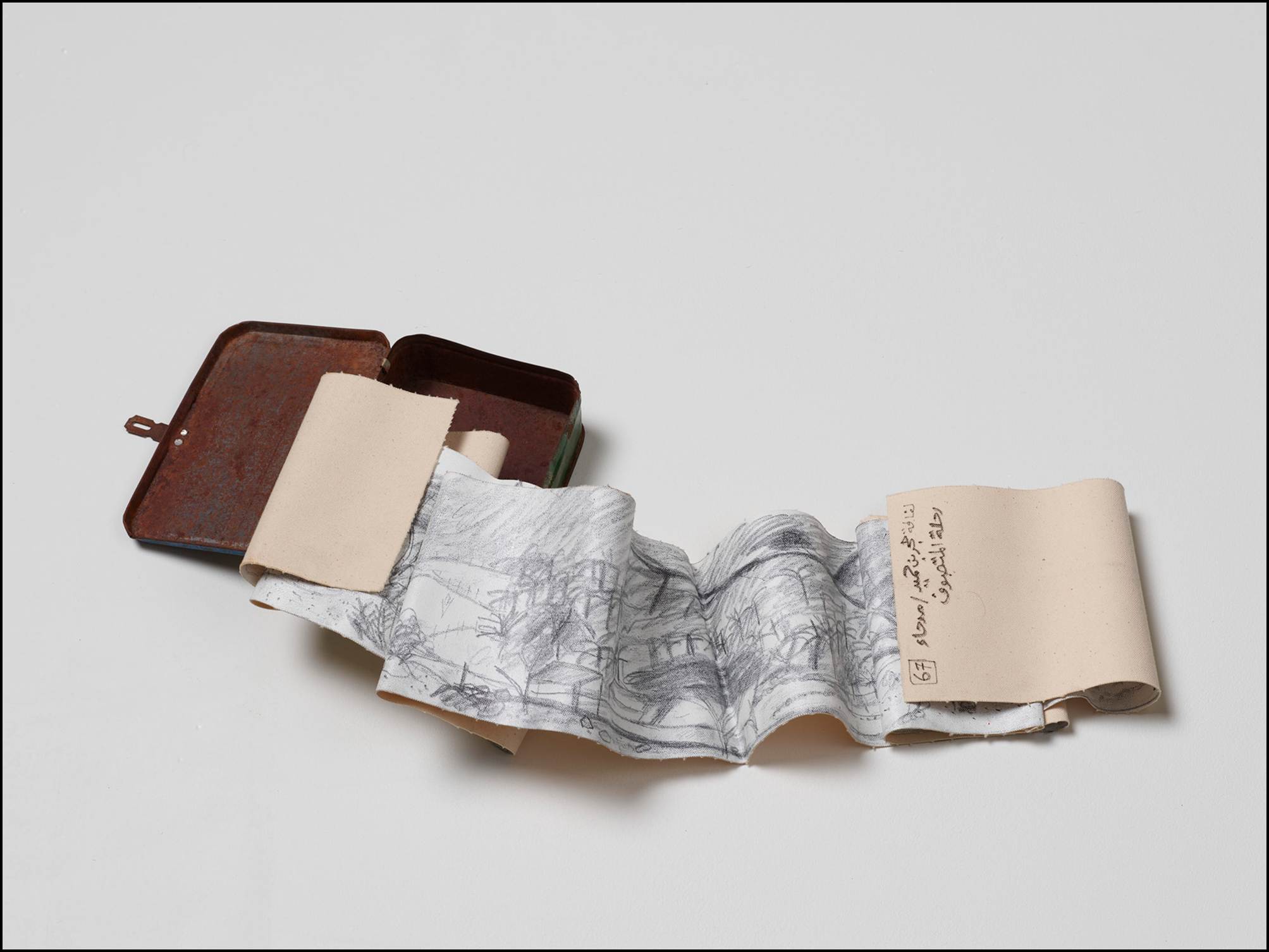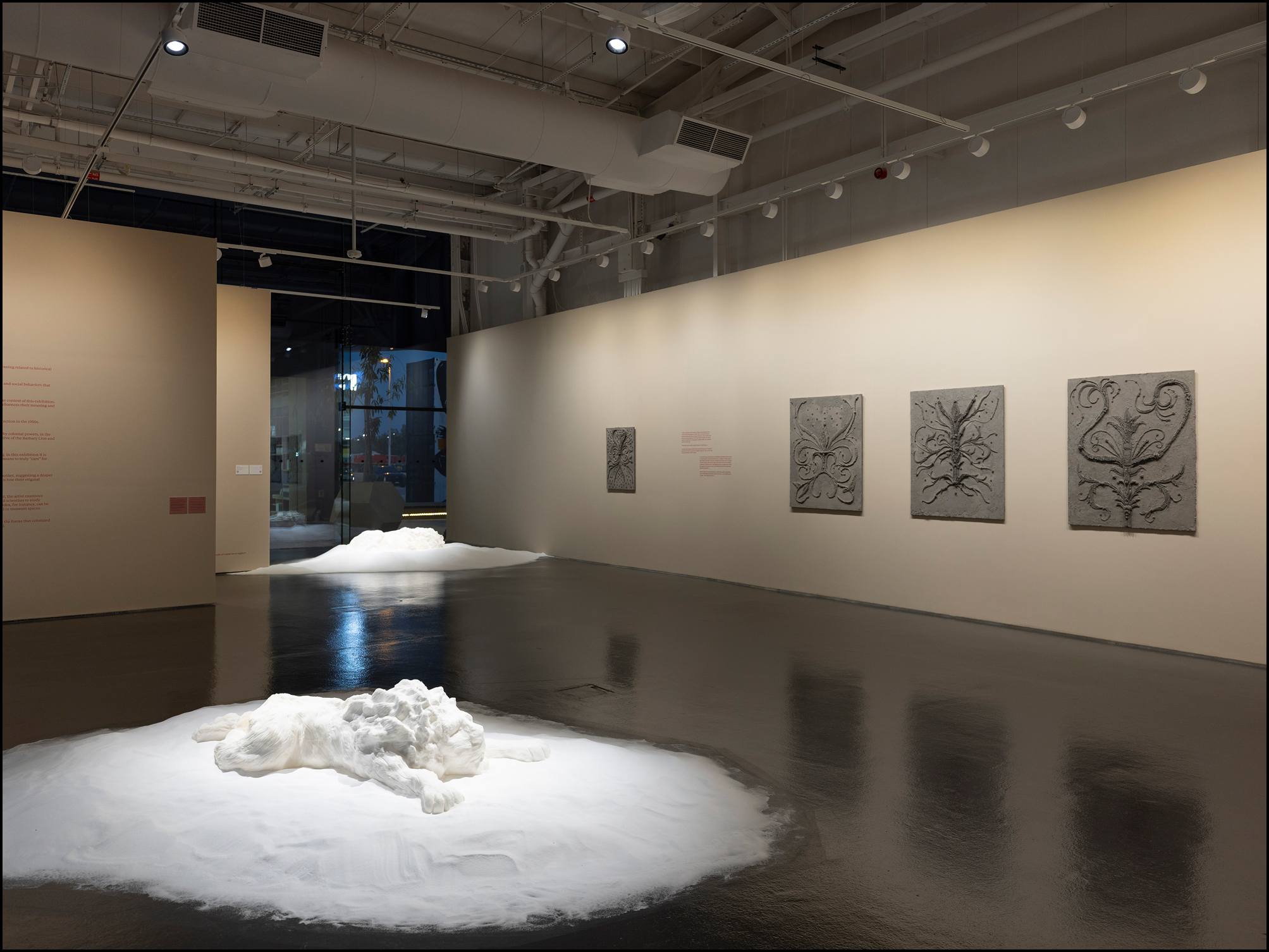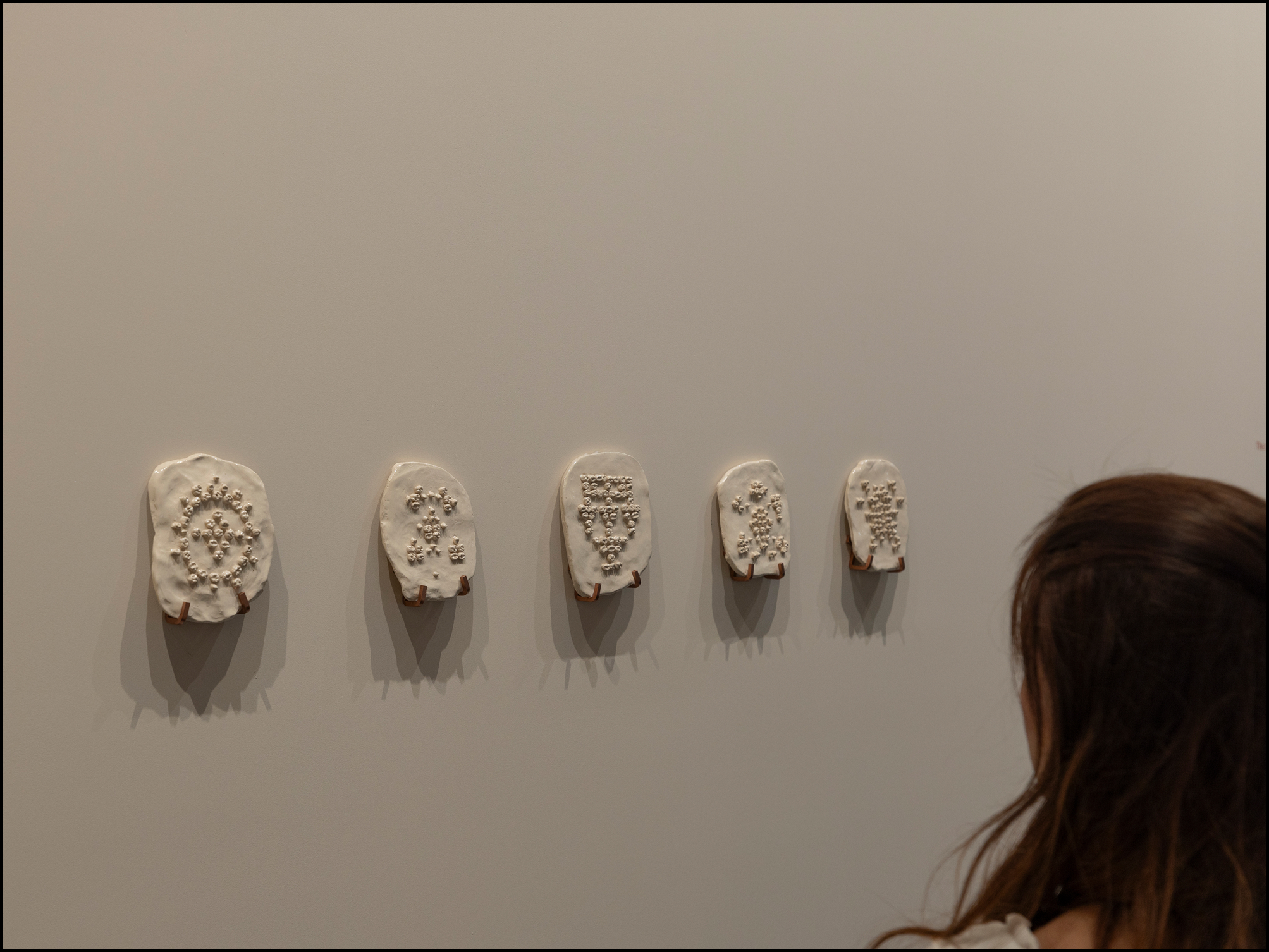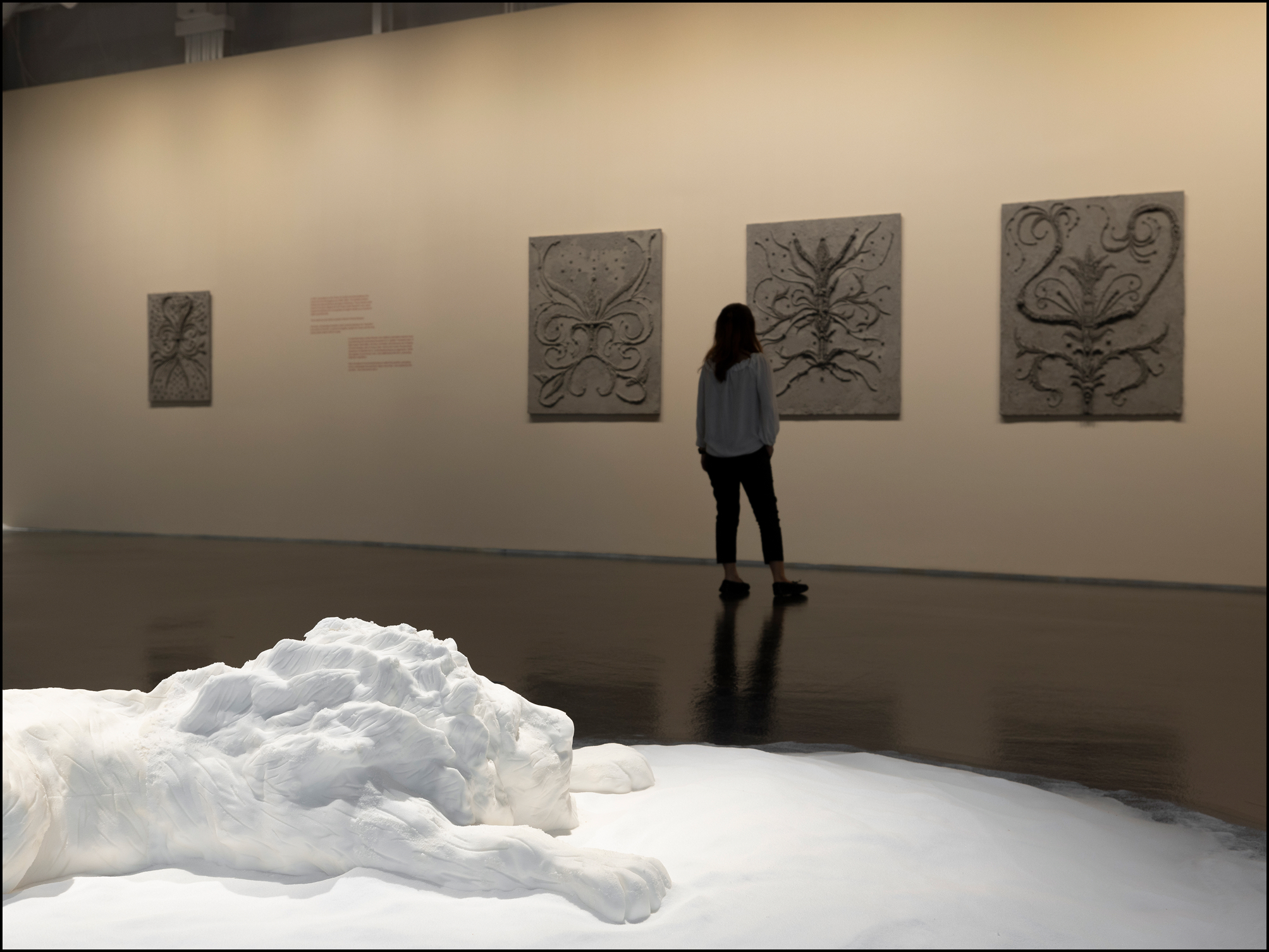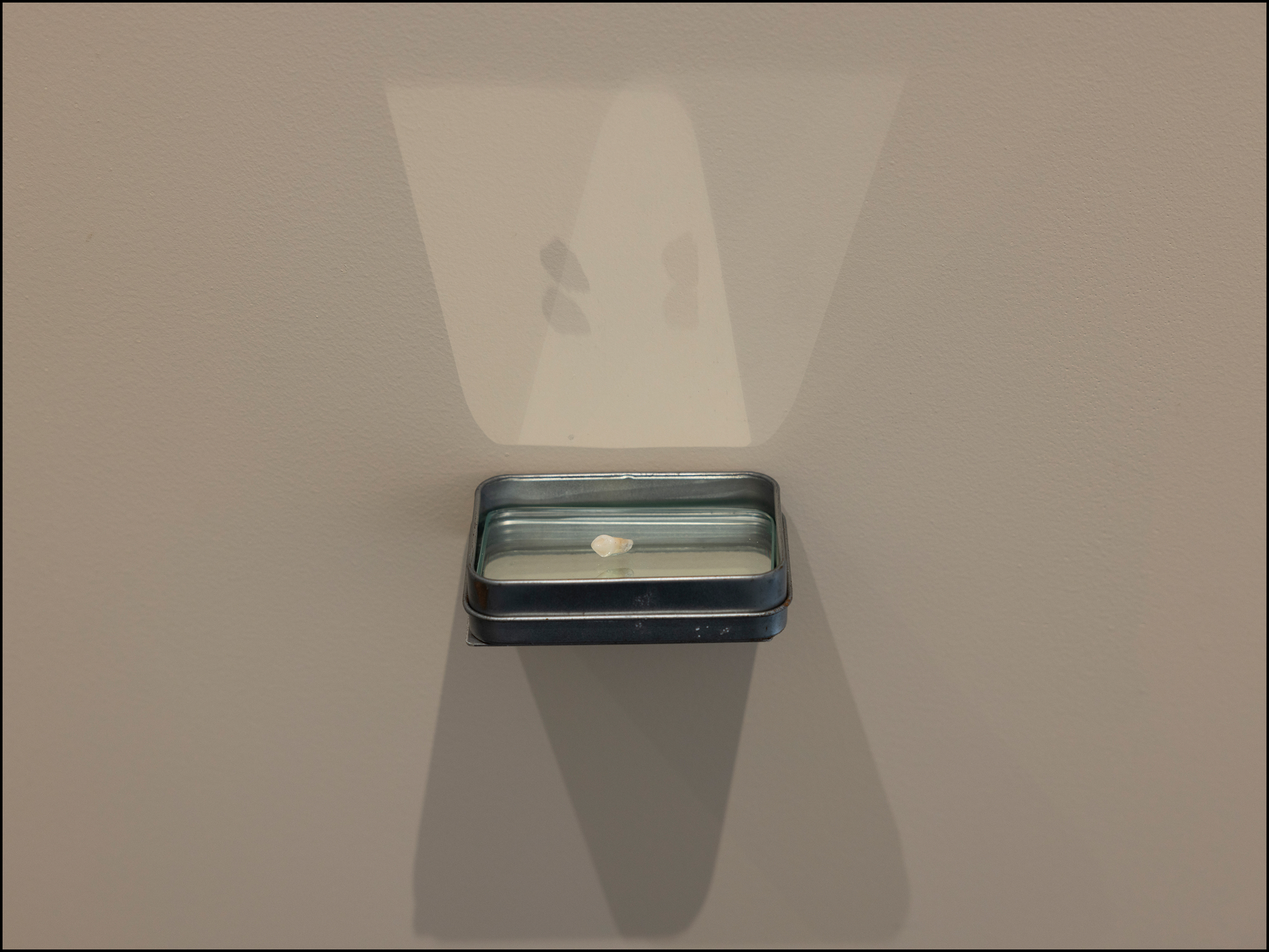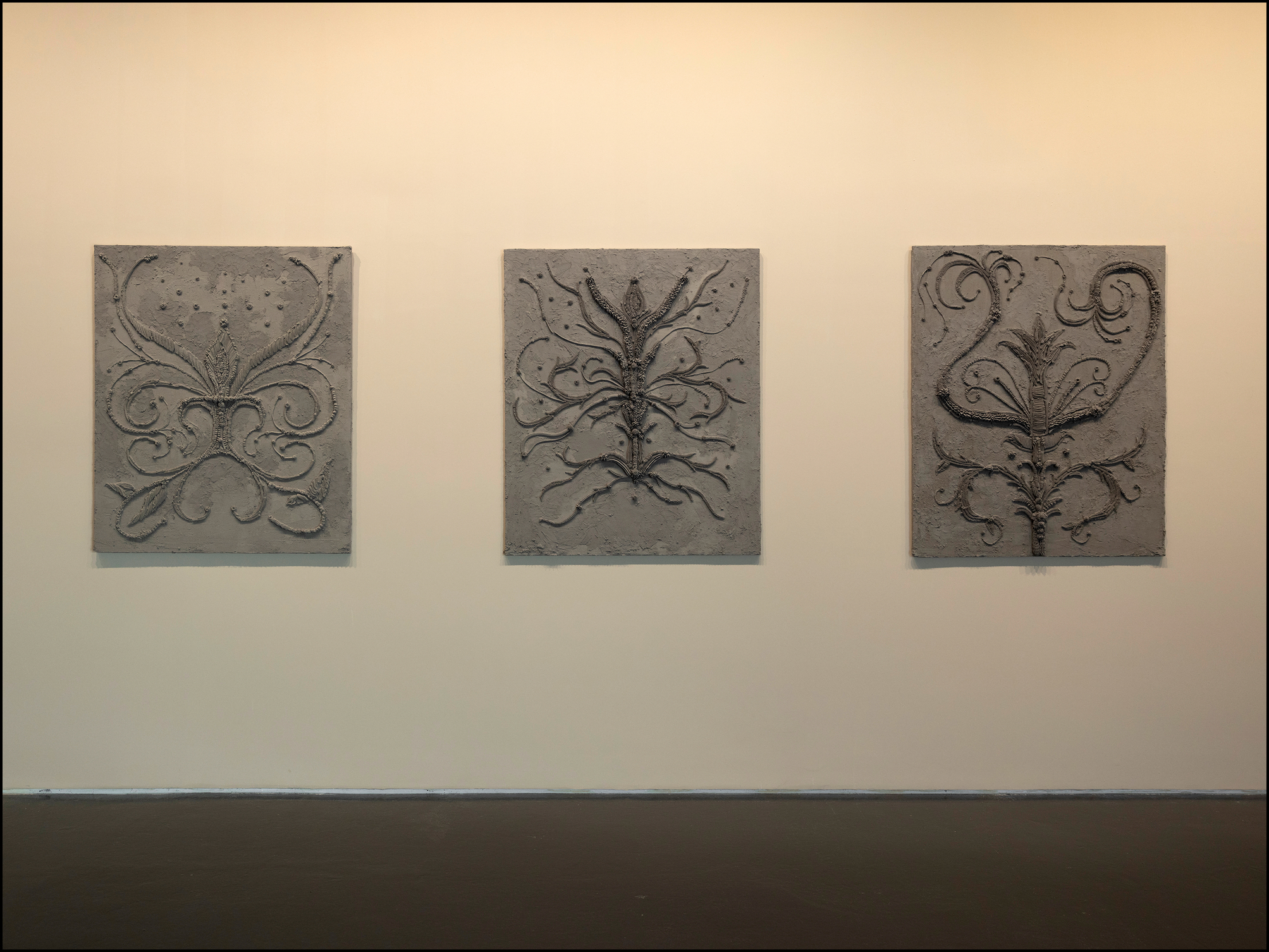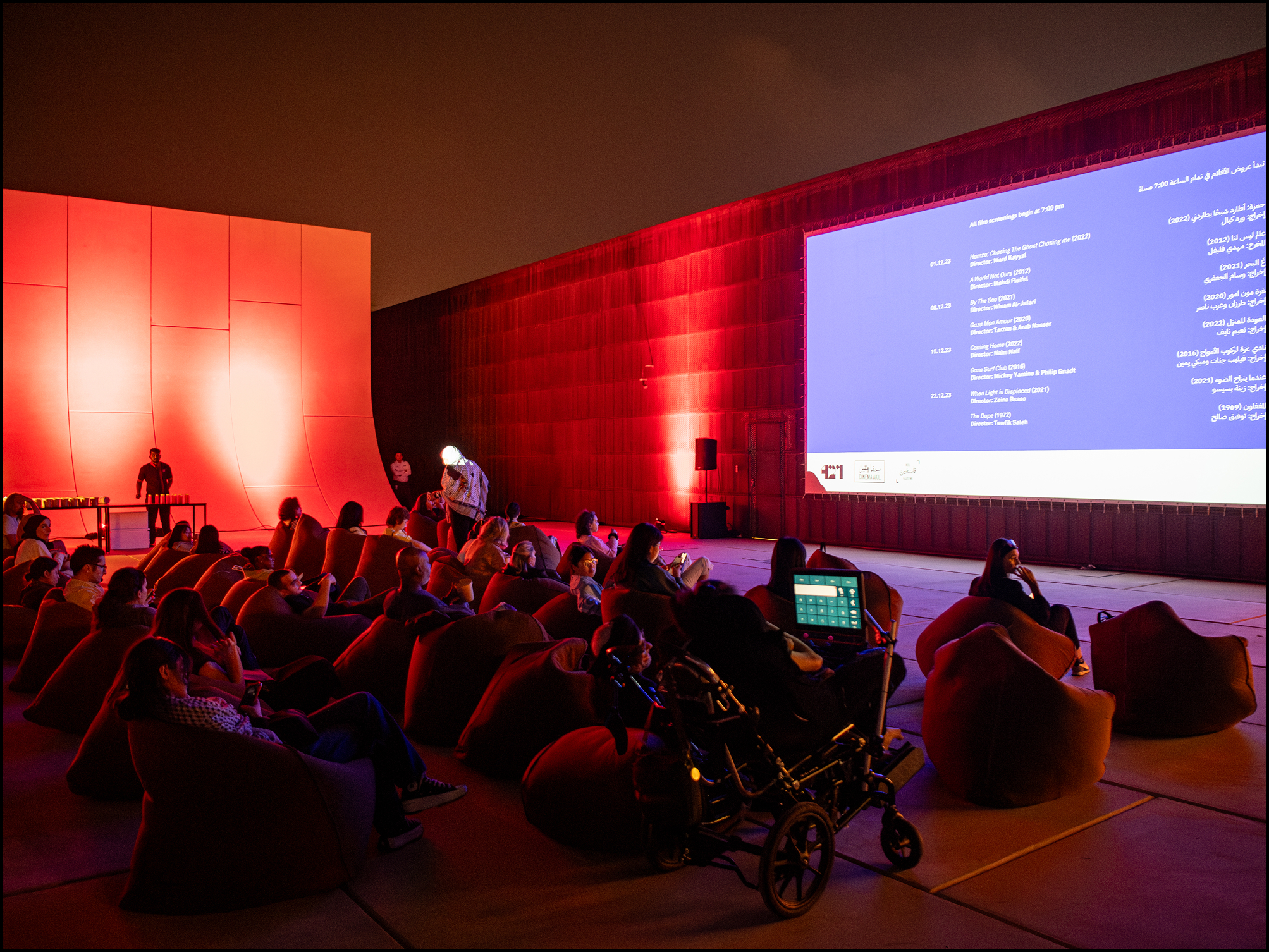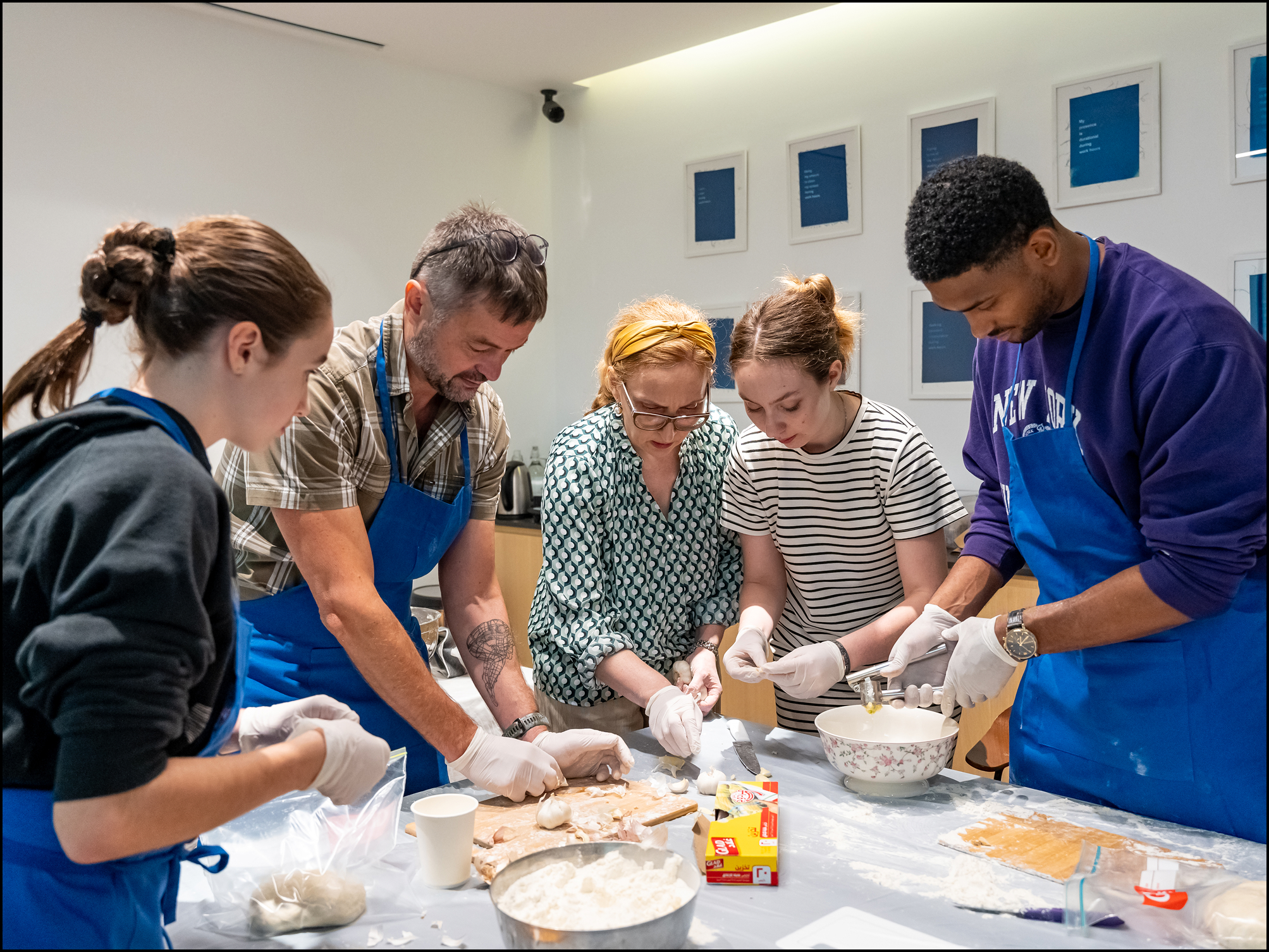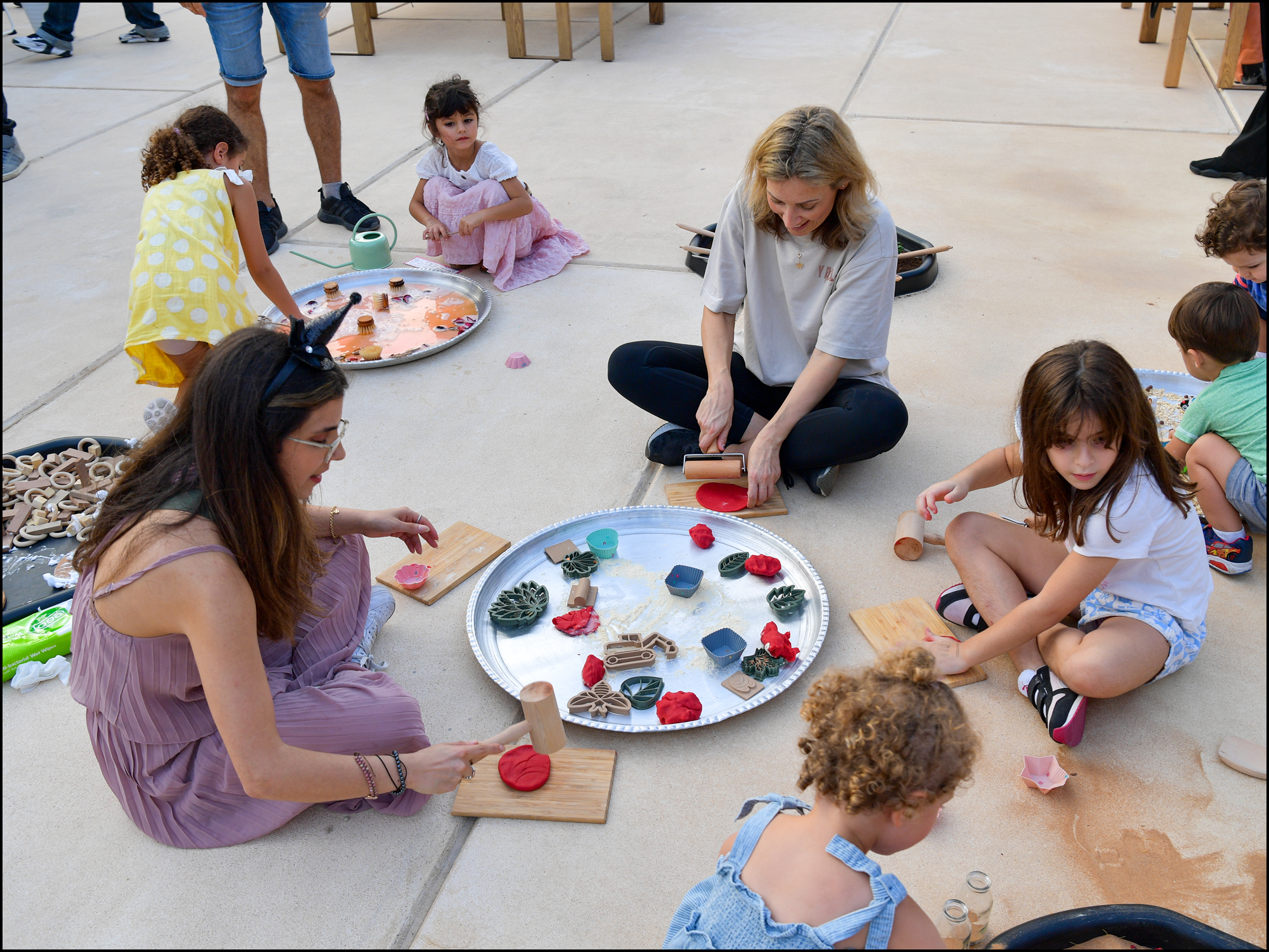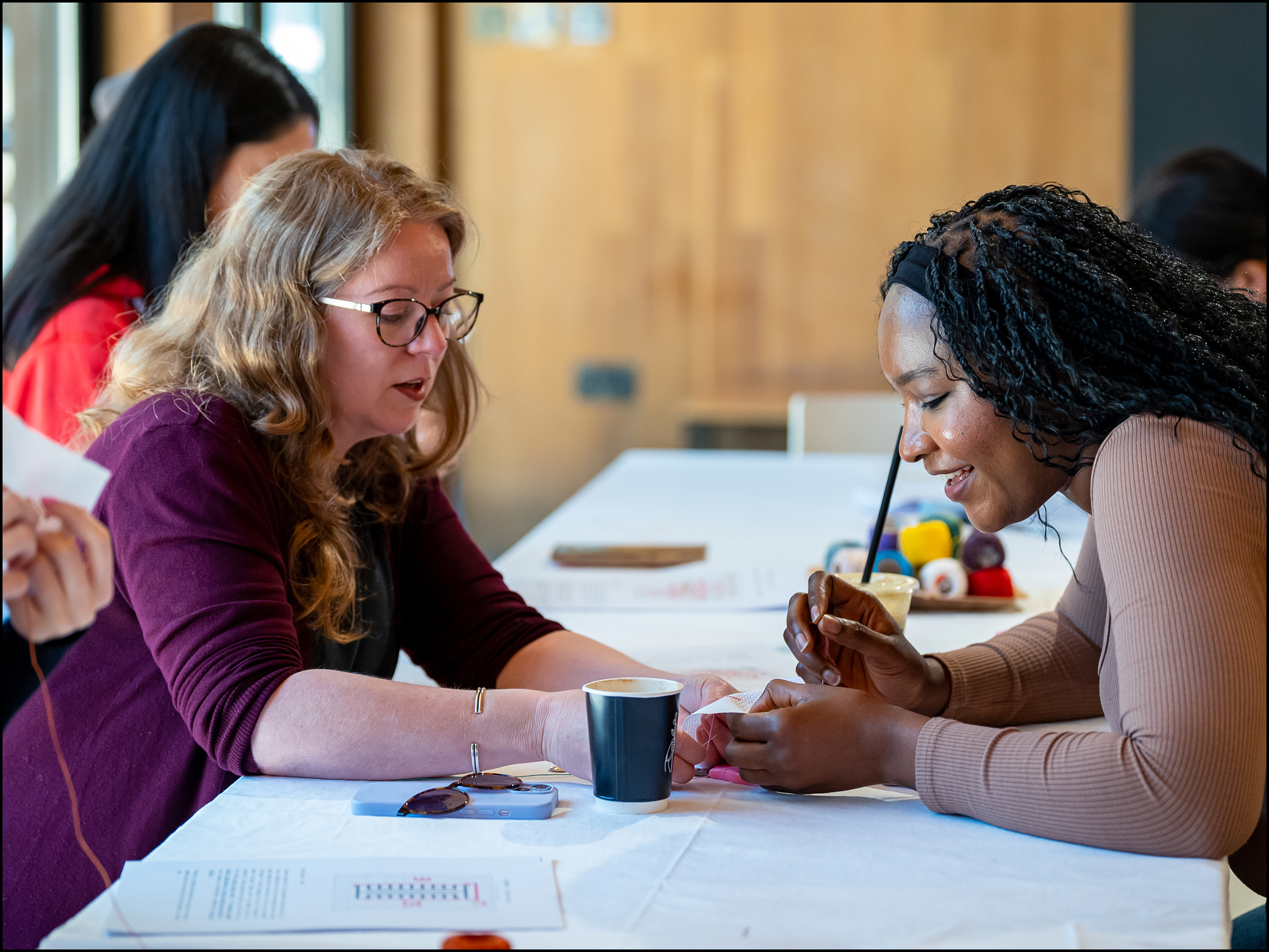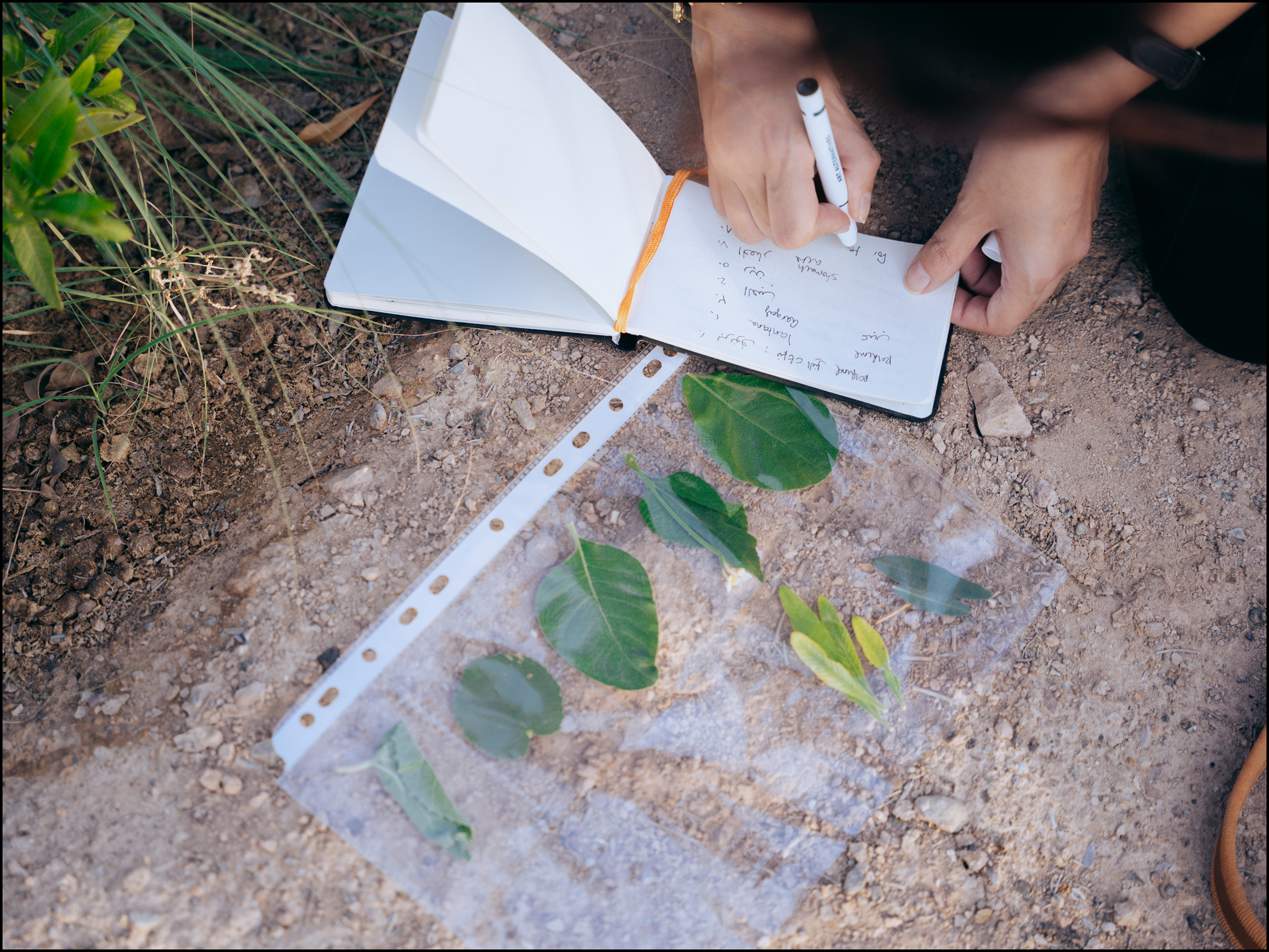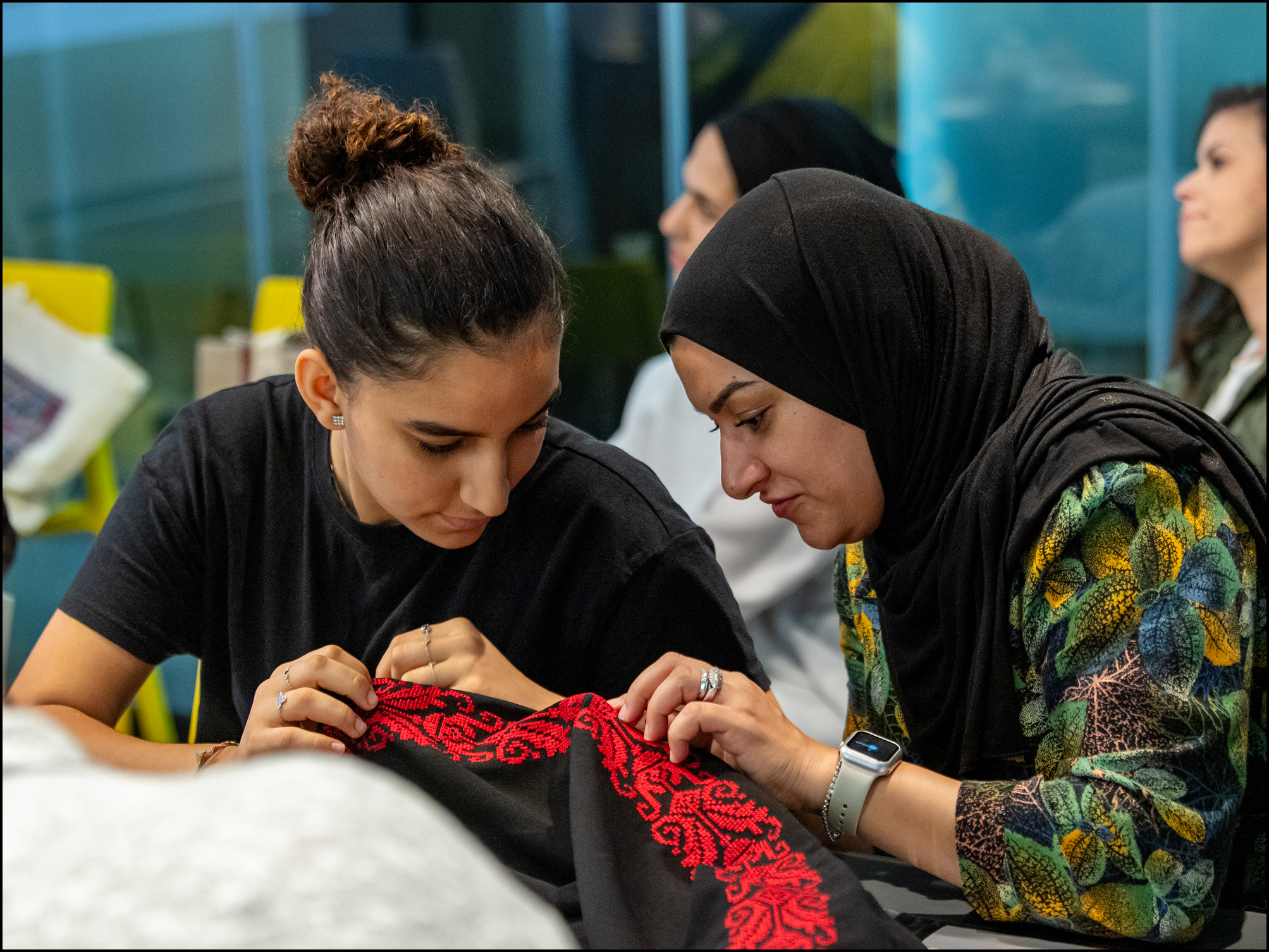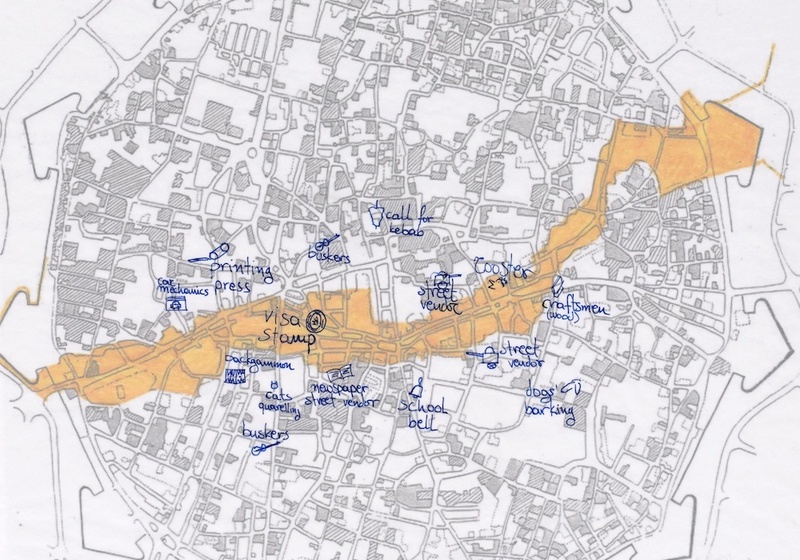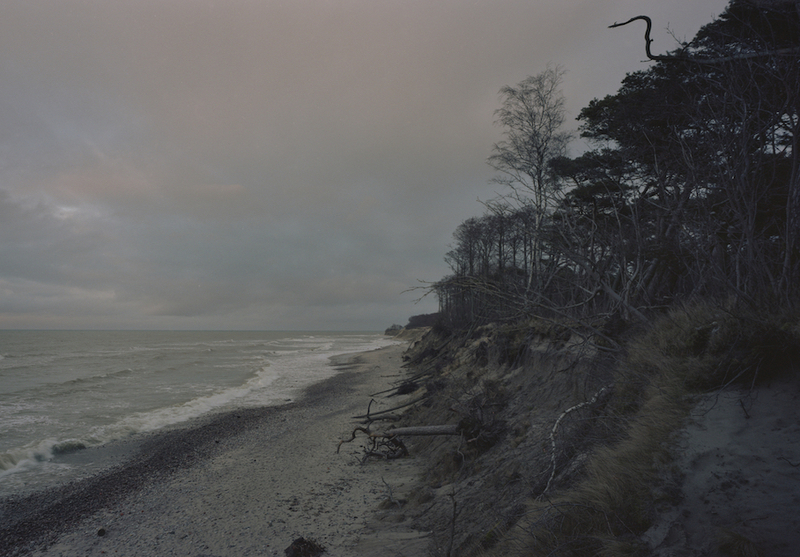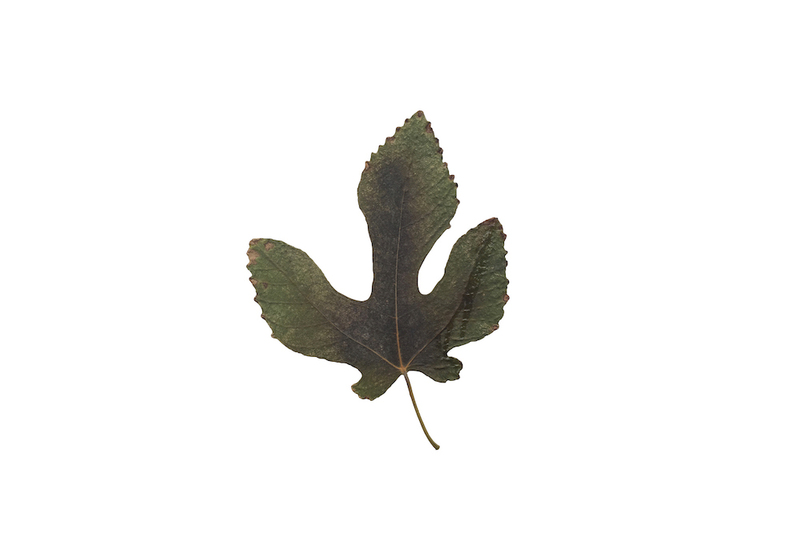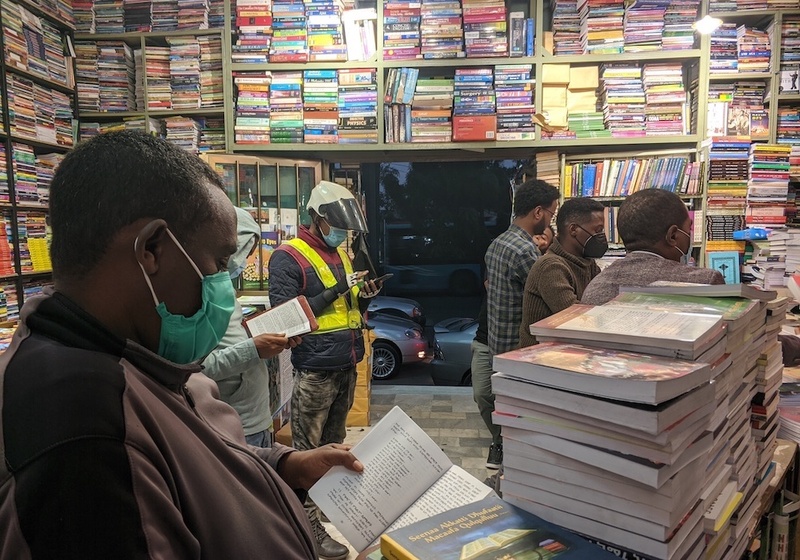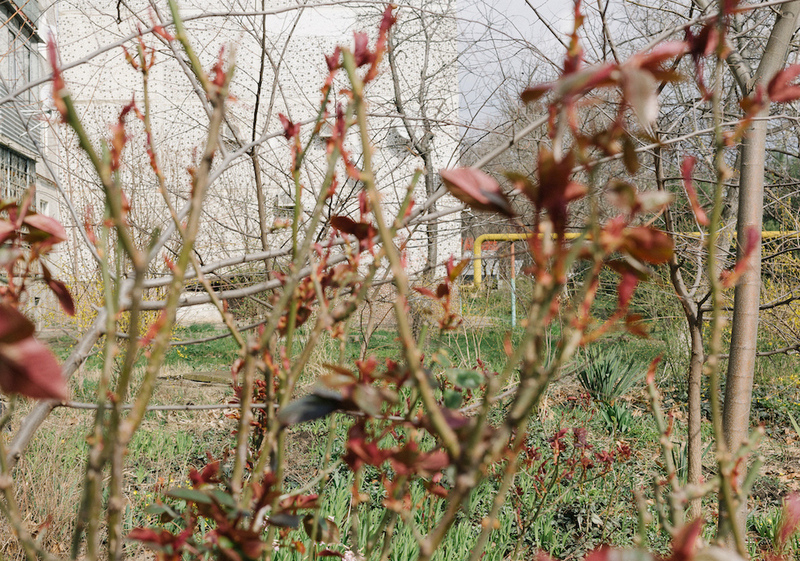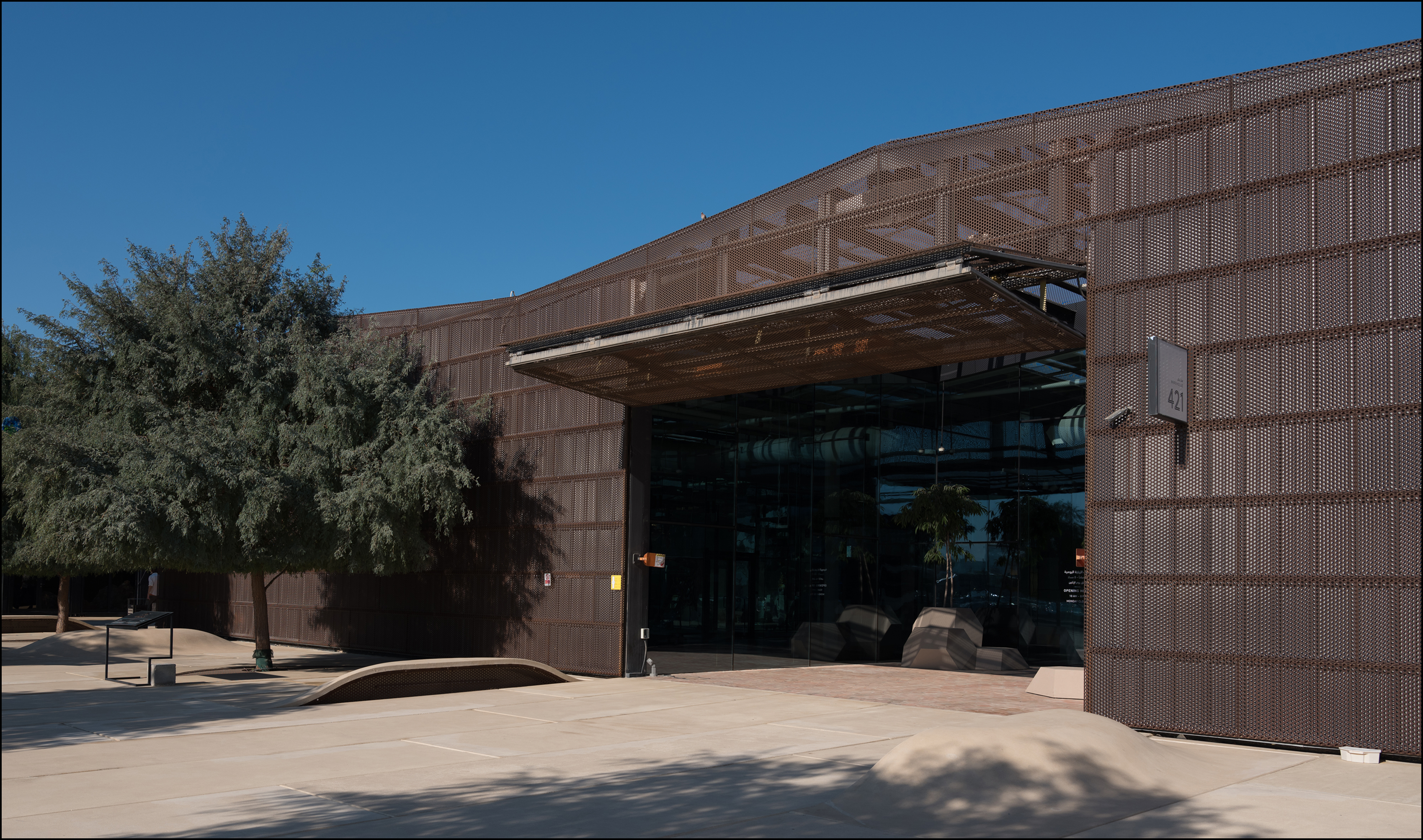
EastEast visited 421 Arts Campus and spoke with the institution’s team about its role in contemporary culture across the SWANA region
I’ve been part of 421 Arts Campus since its inception, and I’ve held the role of director from day one of my tenure here. I joined about a year before it officially opened. Before this, I spent four years with Abu Dhabi’s Department of Culture and Tourism, and prior to that I worked in government roles in Jordan for eight years. Moving into arts and culture was a big shift but it aligned with my passion for creating a visible, tangible impact.
From the very beginning, the core idea for 421 was to create a space dedicated to emerging creative practitioners from the UAE and the region. This was our guiding vision, though how we would do it evolved over time. Those first years were about building a community around us and figuring out what it really means to run an art space that serves a specific community in Abu Dhabi and the UAE. We quickly understood that being an exhibition space alone wasn’t enough. The artists needed a supportive environment to experiment, build their skills, and express themselves freely. This trust-building was essential.
From the outset, we wanted 421 to feel open, accessible, and welcoming—not only for artists but also for local audiences. So we focused on making the space inviting while providing an environment where artists felt they could present work that was challenging or experimental. In those early days, 421 was primarily an exhibition space, known as Warehouse421. We collaborated with other organizations to bring exhibitions to life. But soon we saw that our community needed a more holistic support system. We expanded our focus to include capacity-building and skill development, providing the tools and support artists needed to grow. This shift started in 2019 and became more structured by early 2020, despite the disruptions of COVID.
Adapting to change has always been central to our approach at 421. Every new program we launch is a learning experience; we’re constantly reassessing and adapting to ensure we’re meeting the community’s needs. In fact, we’ve paused some programs, like our curatorial development program, to rethink and refine them based on feedback from our community and research on other models. It’s part of our process to keep listening and evolving with our community.
Image courtesy of 421 Arts Campus Photography by Roman Mensing
For our residency program, we don’t have any strict geographic quotas, but we carefully select artists—both local and international—who will benefit from working together and sharing perspectives. This approach fosters a strong sense of community and collaboration among artists. The selection process involves a committee we assemble from friends of 421, partners, and field experts who understand the diverse disciplines represented in our programs.
Looking forward, our focus is on refining and expanding our programs to better serve our community. While we’re planning physical expansions like additional gallery spaces and a cinema, our main excitement is building on the programs that help the creative community here thrive. Through open calls, we constantly learn what people are interested in and use that feedback to shape future initiatives.
For us, the approach has never been linear or top-down but more like a constellation—considering the many people and needs within Abu Dhabi. 421’s purpose is unique to its own community. Our mission is to stay responsive and focus on what makes the most impact right here.
I have a background in architecture, and earlier I worked as a production coordinator at the Sharjah Art Foundation, which was formative in shaping my approach. I then pursued an MFA at Rhode Island School of Design and after returning, I joined the 421 team, initially working on seasonal programs. As my role grew, I became more deeply involved, especially during the COVID lockdown, when we took the chance to refine our mission and outline a five-year strategic framework. This framework guides everything we do now and has allowed us to look ahead with a renewed sense of purpose.
At the core of 421’s mission, we have two main goals: to support the sustained practices of creative practitioners in the UAE and beyond, and to foster general arts literacy within our broader community. These goals are two sides of the same coin, both necessary for a thriving creative landscape. We see art as a lens to understand the world rather than as a succession of events. The programming reflects this, and while we don’t operate with rigid themes, our focus remains on relevance, listening closely to what artists and our community need.
One of the ways that 421 embodies this mission is through the 421 capacity building programs that support artists and creative practitioners who have a sustained artistic practice or interest in creative disciplines. Through an open call process, we offer artists a platform that’s both community-driven and open-ended, allowing them to evolve their work over an extended period. For instance, our Artistic Development Program is an annual initiative that provides early-career artists in the UAE with the opportunity to explore new techniques, test ideas, and create a body of work that is the starting point for further investigation and exploration. 421 prioritises experimentation and learning without putting artists under the pressure to produce a final outcome but rather, to focus on rigorous process and studio use. Our Residency Program, for instance, supports creative practitioners with work that requires studio space, and who are looking for time and space to experiment, being multidisciplinary in focus and is open to practices in visual arts and curation, design and technology, music, literary arts, culinary arts, performance and theater, and other creative disciplines.
Image courtesy of 421 Arts Campus Photography by Ismail Noor at Seeing Things Studio
Among the exhibitions I have worked with, one that stands out for me personally is As We Gaze Upon Her, curated by Banat Collective. It was a deeply impactful show with 27 participating artists, examining constructs around womanhood in our region. We were initially apprehensive about presenting such direct and complex themes, but the reception was overwhelmingly positive—with this being the first public show for some of the artists. In retrospect, this exhibition reaffirmed our commitment to pushing boundaries in our programming, and also inspired other institutions to address similar themes in their spaces, inspiring a spirit of collaboration.
At the moment, we are planning our next five-year strategy, which will guide us through 2026 and beyond. Our hope is to create an even more self-sustaining creative ecosystem, where our performance and creative writing public programs, which are already largely community-run, inspire a renewable energy for cultural exchange and support. Ideally, 421 will continue to be a place where artists grow, return, and contribute to the next generation, creating a truly dynamic, culturally rich space that serves and reflects our community.
With a PhD in Museum Studies specializing in community engagement, my research has always focused on building and sustaining audiences for the cultural sector, especially in the arts and heritage. It’s all about nurturing connections with people. I joined 421 in 2019, just before the pandemic, and it was a unique chance to work with Faisal and Mays on the new vision for the institution. We focused on defining core pillars, considering how we could best expand learning and educational opportunities. For example, with exhibitions, it was about thinking beyond the display to what role the learning department could play in connecting with specific segments of our visitors, whether they’re families with multigenerational groups or structural educational audiences.
The part of our work I particularly love is writing artwork labels and audio guides for kids. We don’t want to oversimplify the text; instead, we want to create engaging narratives that make artworks accessible. We draw on the children' s own questions to do that, which is always so refreshing—they’re curious about the people in the paintings or the materials used, more than about the backstory we, as adults, often emphasize. I think one of the fun parts of my job is responding to these perspectives, adapting our programs, and discovering new ways to make art relevant to young audiences.
We also create in-gallery activities that keep kids moving and engaged. Walking through an exhibition can be exhausting for children, so we design breaks and activities to let them interact with the art. In addition, we think about how to create sensory experiences for our visitors too. We have tactile stations for children and partially impaired audiences, which are inspired by artists’ ideas and help people connect with the art through touch and poetic text.
It’s always wonderful to see our work make a difference firsthand. For instance, one of our interns Tala Husseino developed Studio Play as a space dedicated to children and families after noticing that parents with multiple young children needed a creative and engaging area for their toddlers. It’s been rewarding to see families activate the space naturally. I also remember a child who suggested a workshop for the next season, and she was over the moon to see it implemented. She even brought her friends along. Seeing how engaged and empowered these kids feel means a lot to us.
Looking to the future, I’m excited about further developing sensory experiences at 421. I think there’s great potential in deepening our programming and making it both sustainable and scalable for our audience. It’s all about challenging ourselves to take the great things we already do to the next level, and I look forward to what’s ahead.
